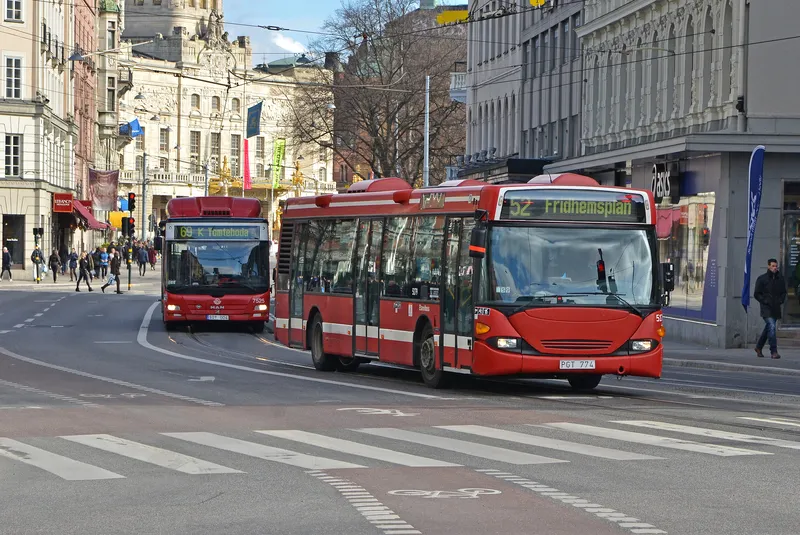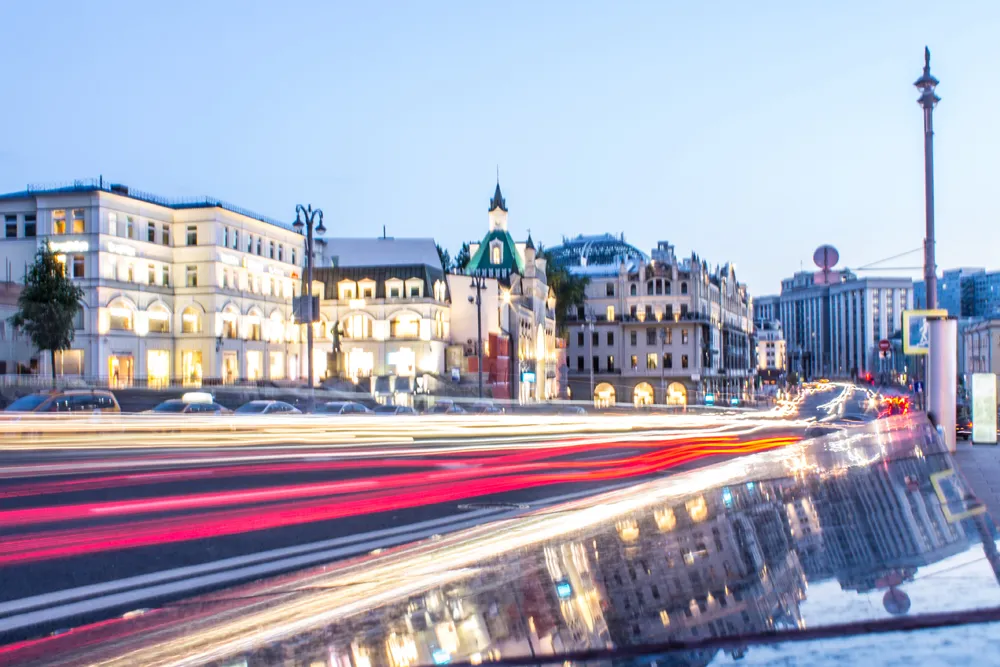Chinese railcar-maker CRRC has unveiled a trackless train which uses rubber wheels on a plastic core and runs on a virtual track in a bid to speed up public transportation.
The Autonomous Rail Transit (ART) bus-rail combo rapid transit system was demonstrated in Zhuzhou, Hunan province and is said to be non-polluting, according to People’s Daily Online.
CRRC began designing the system in 2013. The first car is 31 metres long, with a maximum passenger load of 307 people or 48 tons. Its top speed is 70 kilometres per hour and it can travel 25 kilometres after 10 minutes of charging.
According to CRRC, ART is likely to be around one-fifth of the cost of an ordinary subway, which cost about 400-700 million yuan (£45.6 - £79 million) per kilometre in China.
The world’s first train will be launched on a 6.5 kilometre line in Zhuzhouand, once completed, will be able to dock with the city’s mid-low speed maglev train.
China unveils trackless train
Chinese railcar-maker CRRC has unveiled a trackless train which uses rubber wheels on a plastic core and runs on a virtual track in a bid to speed up public transportation.
June 5, 2017
Read time: 1 min
Related Content











